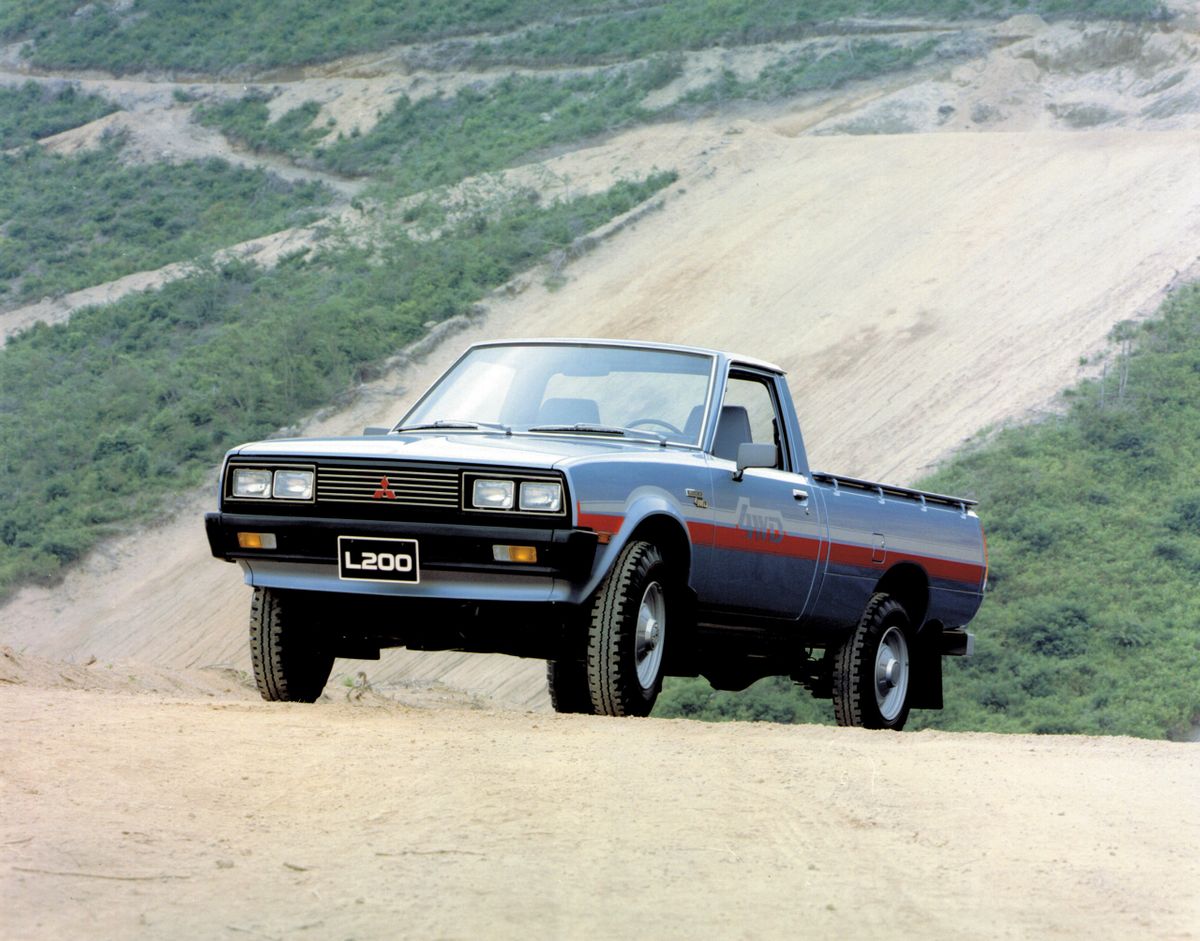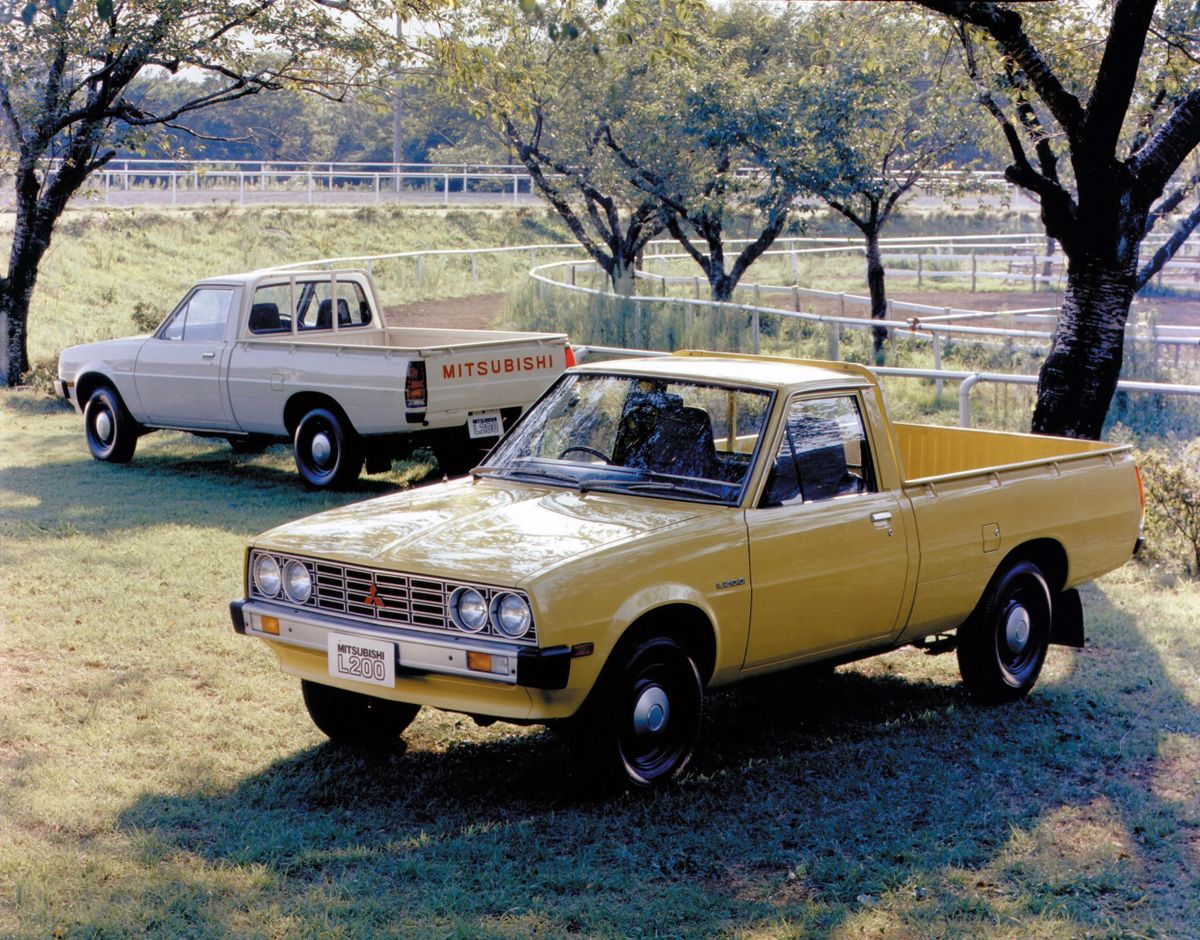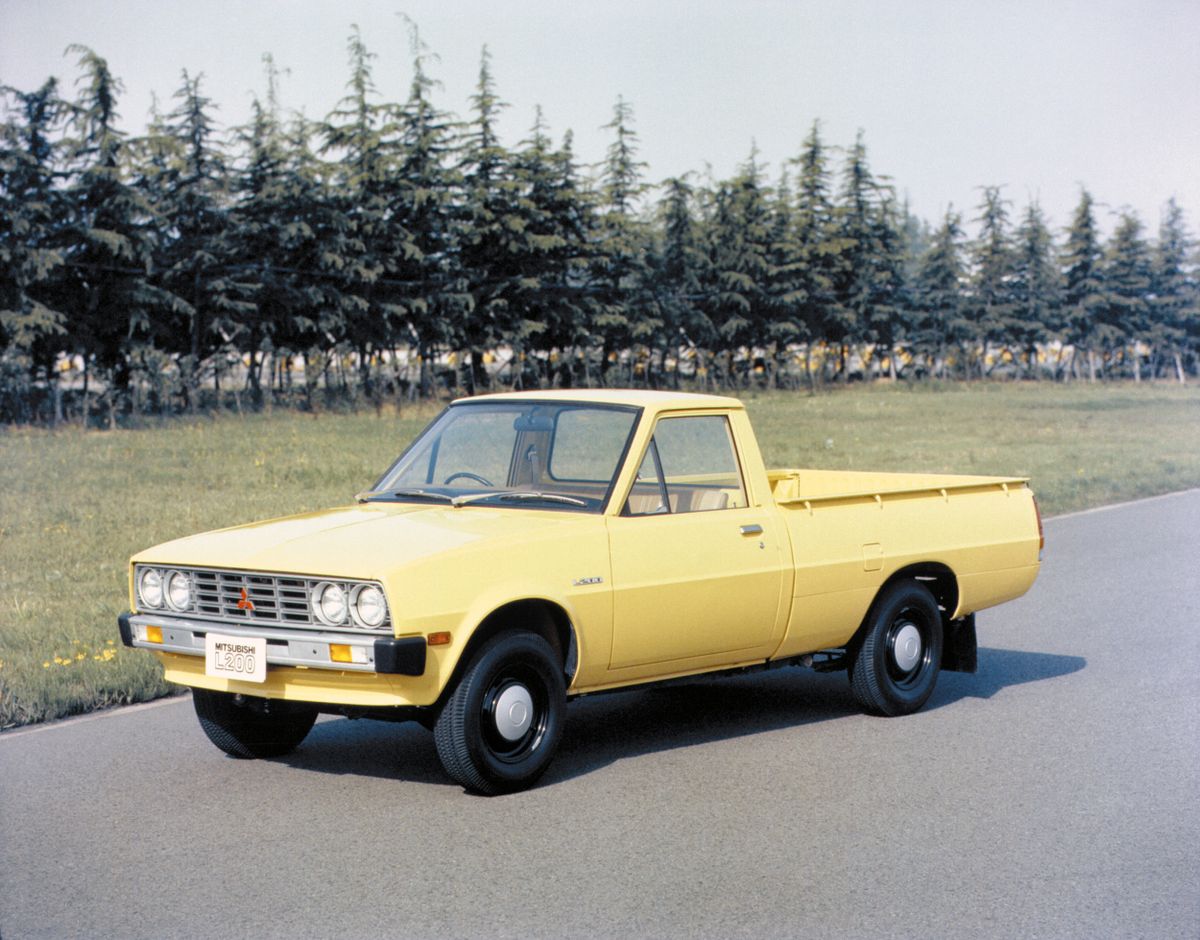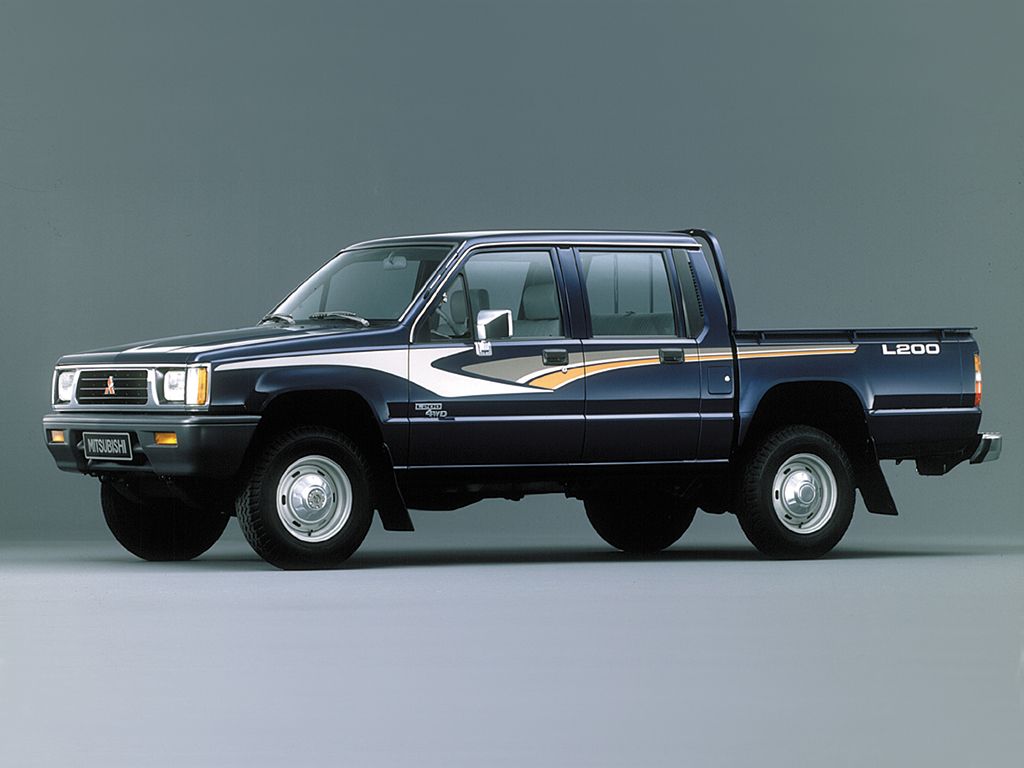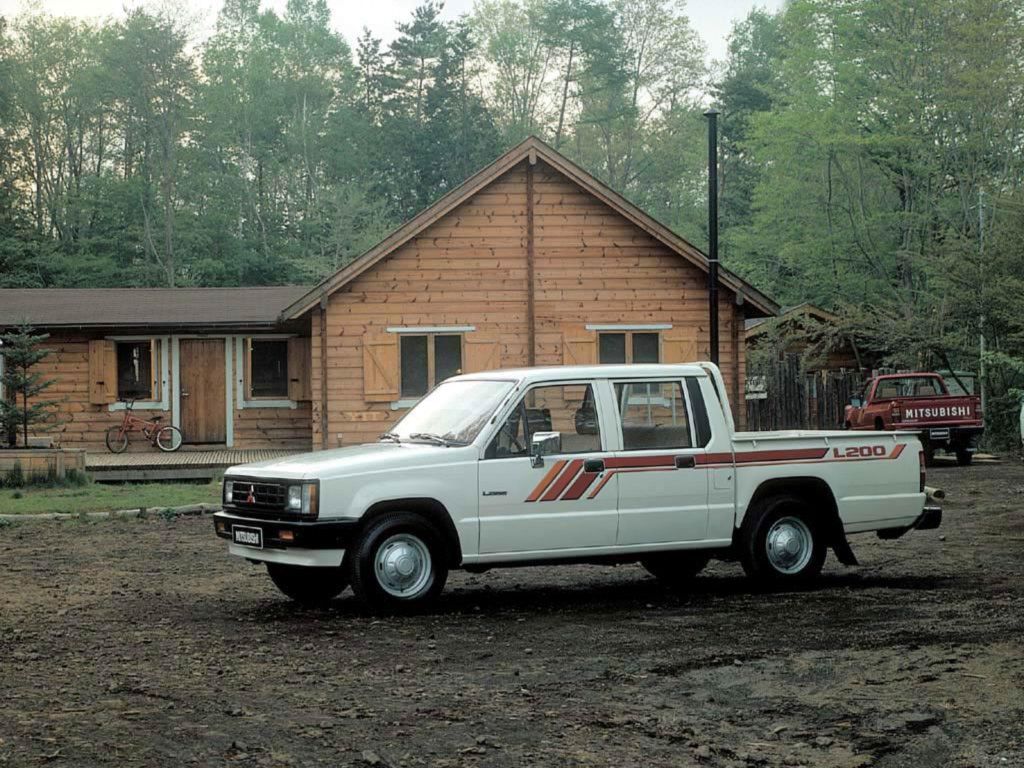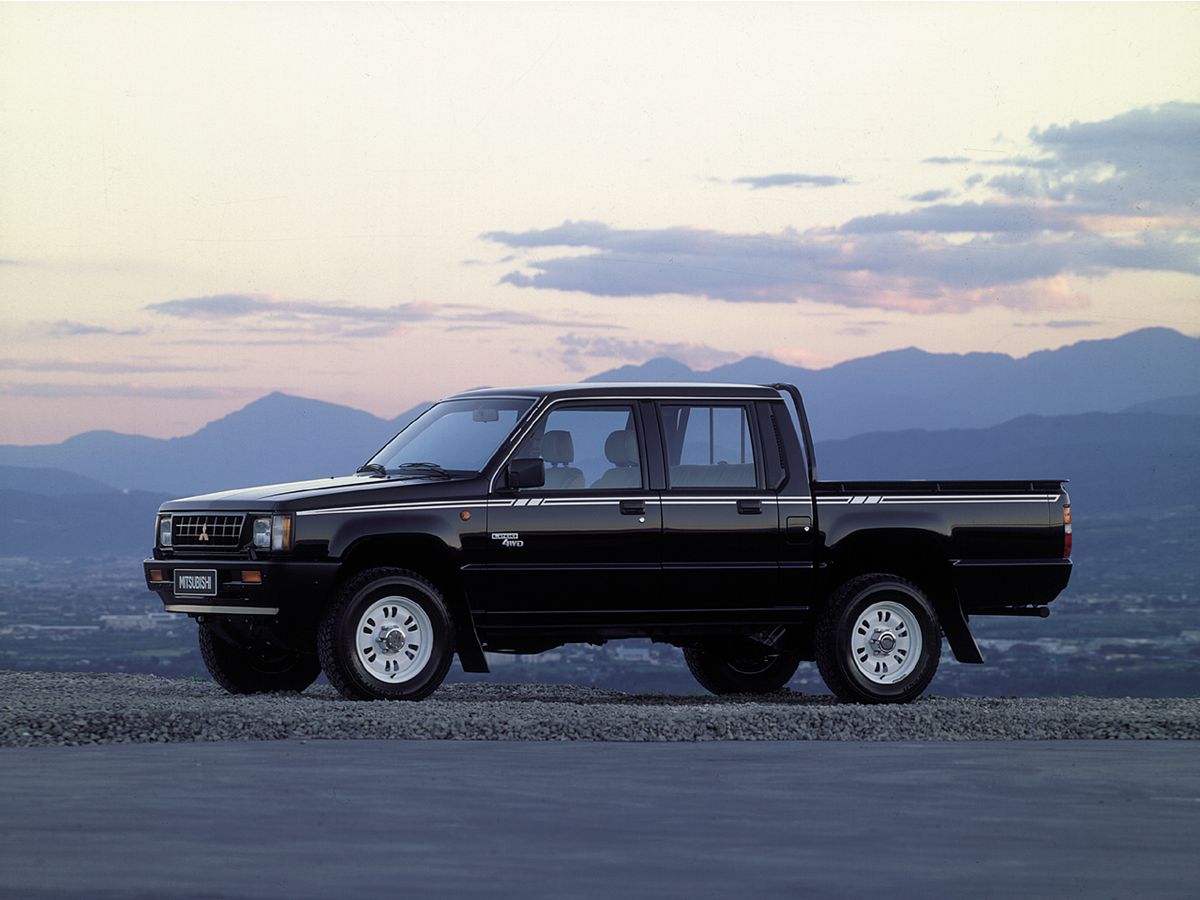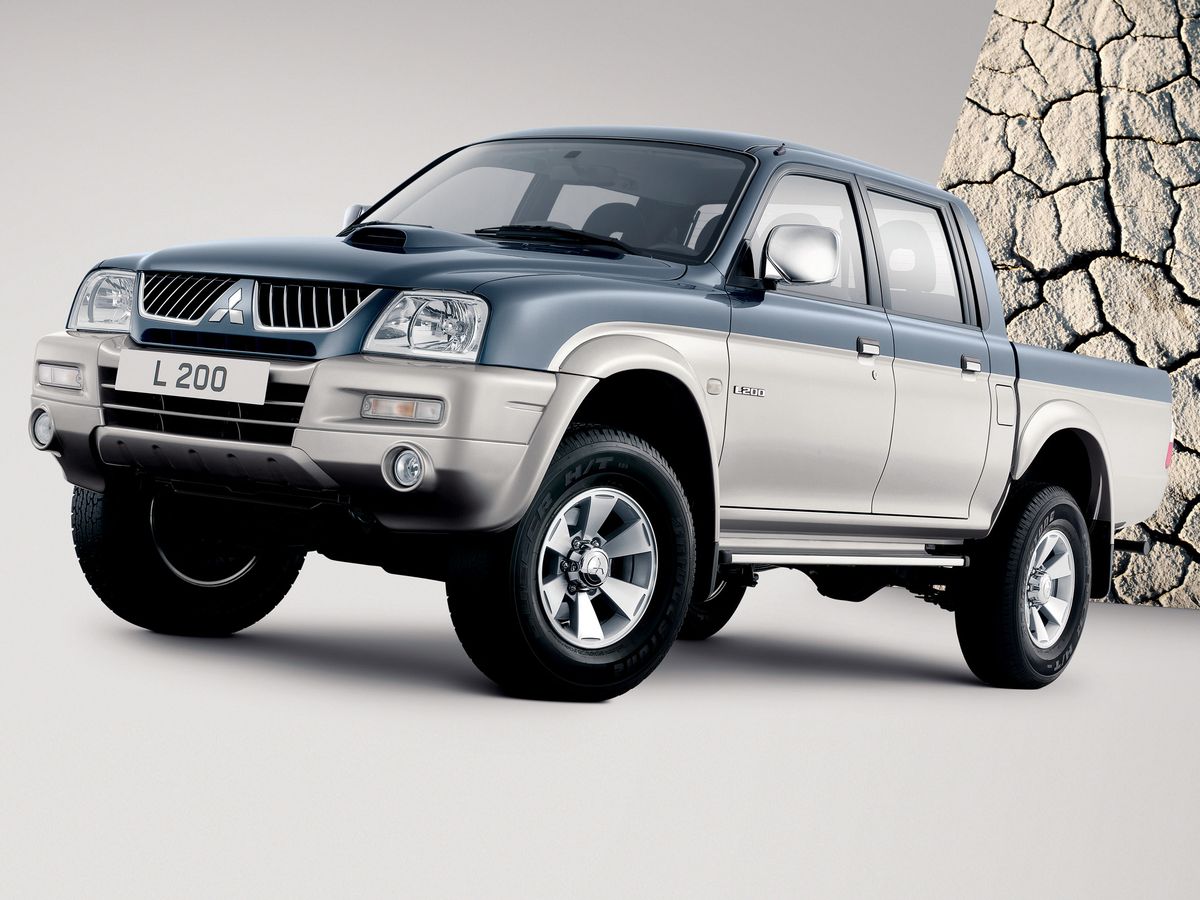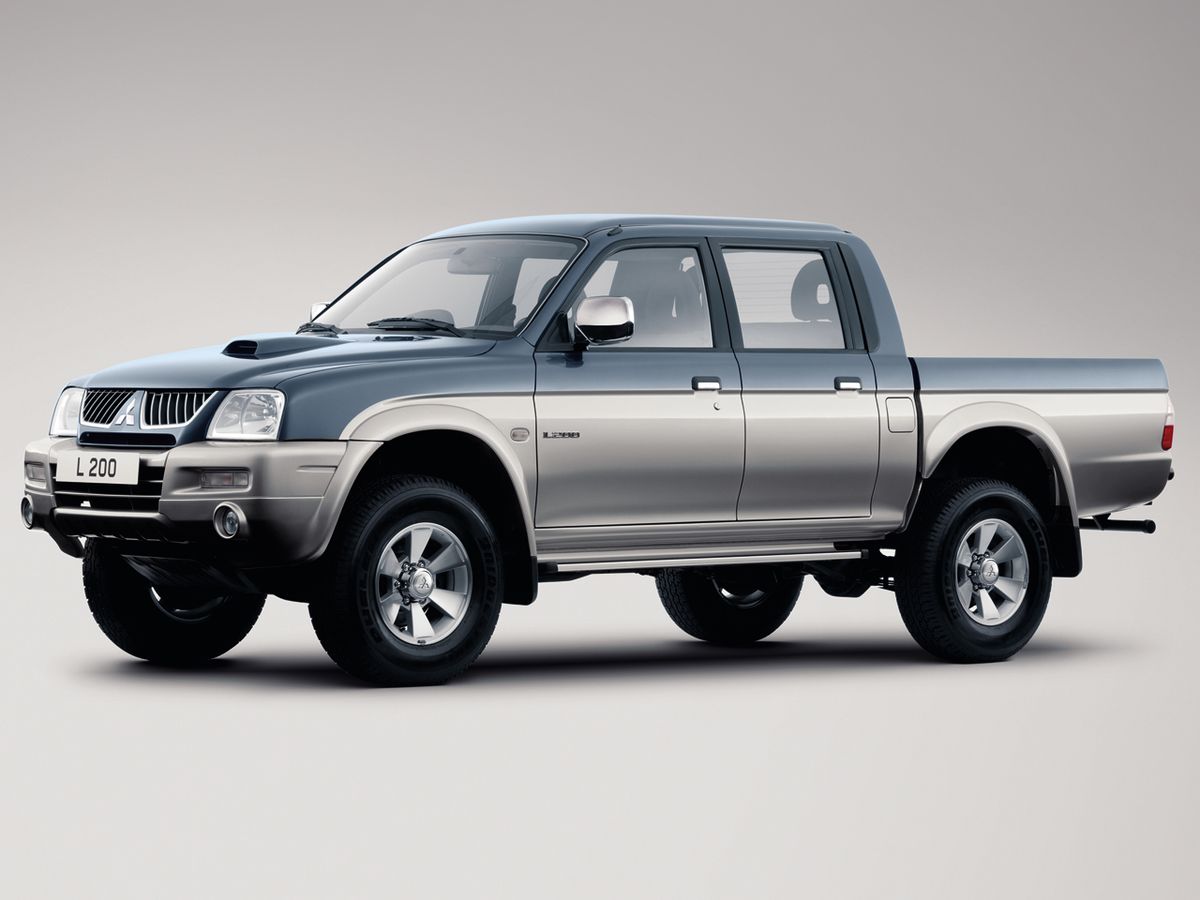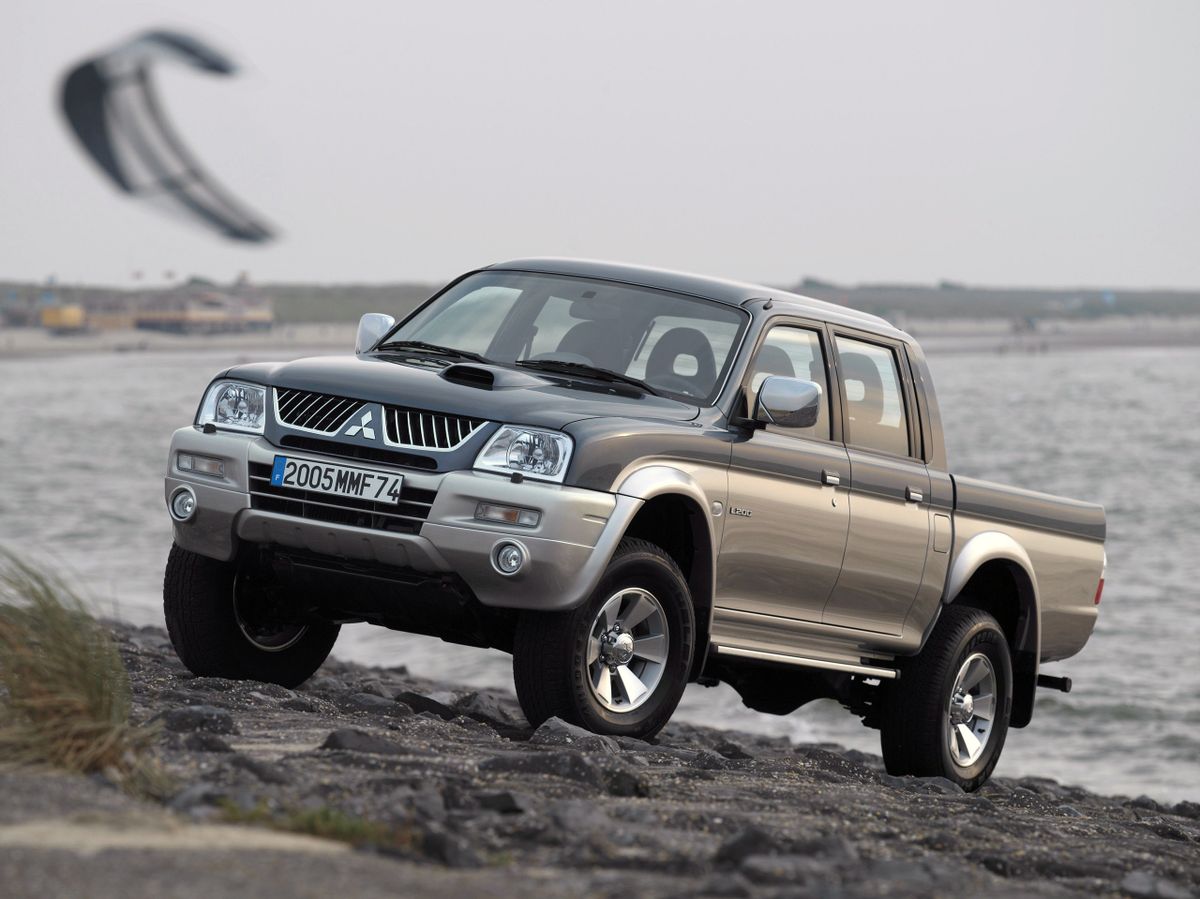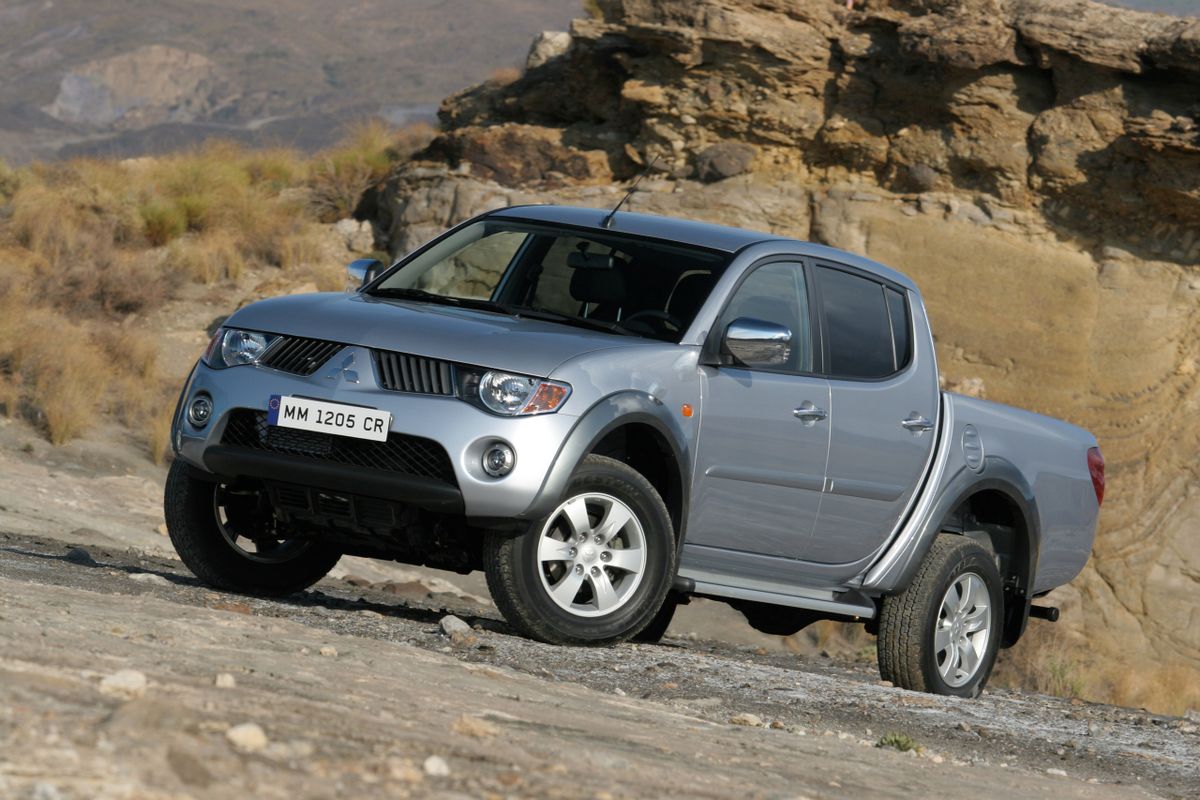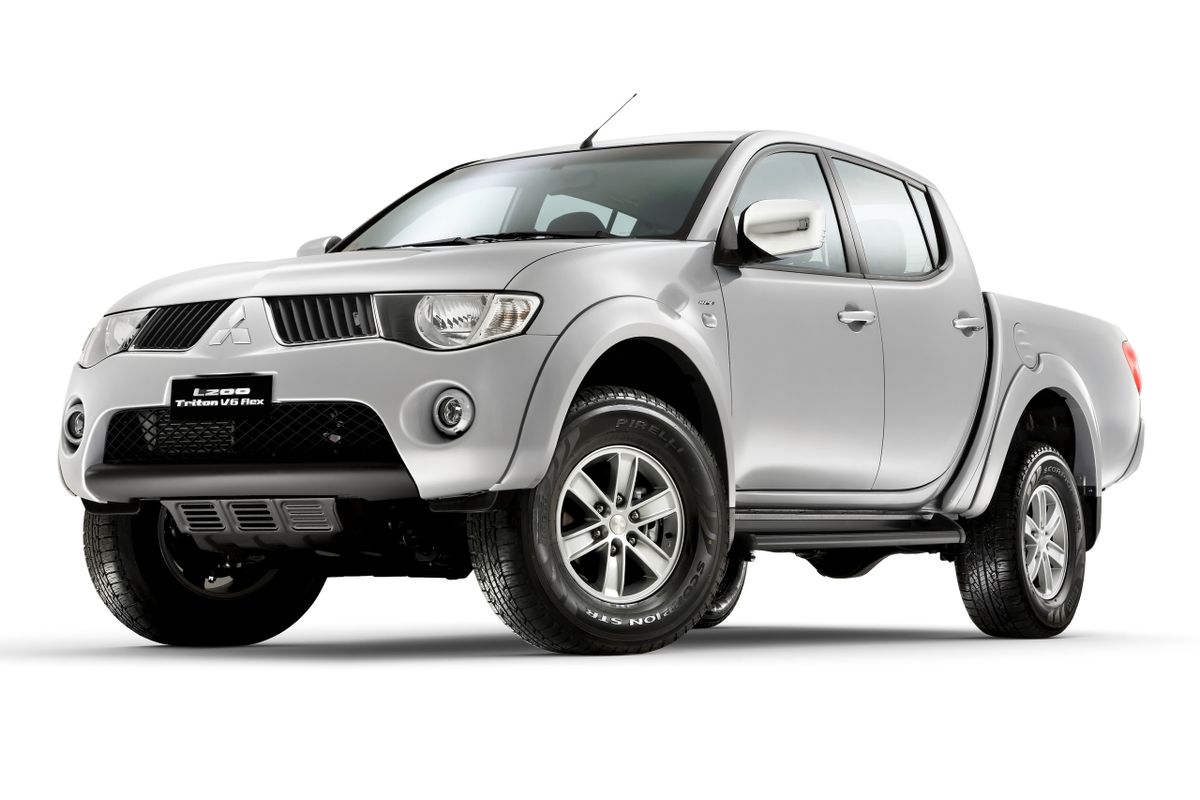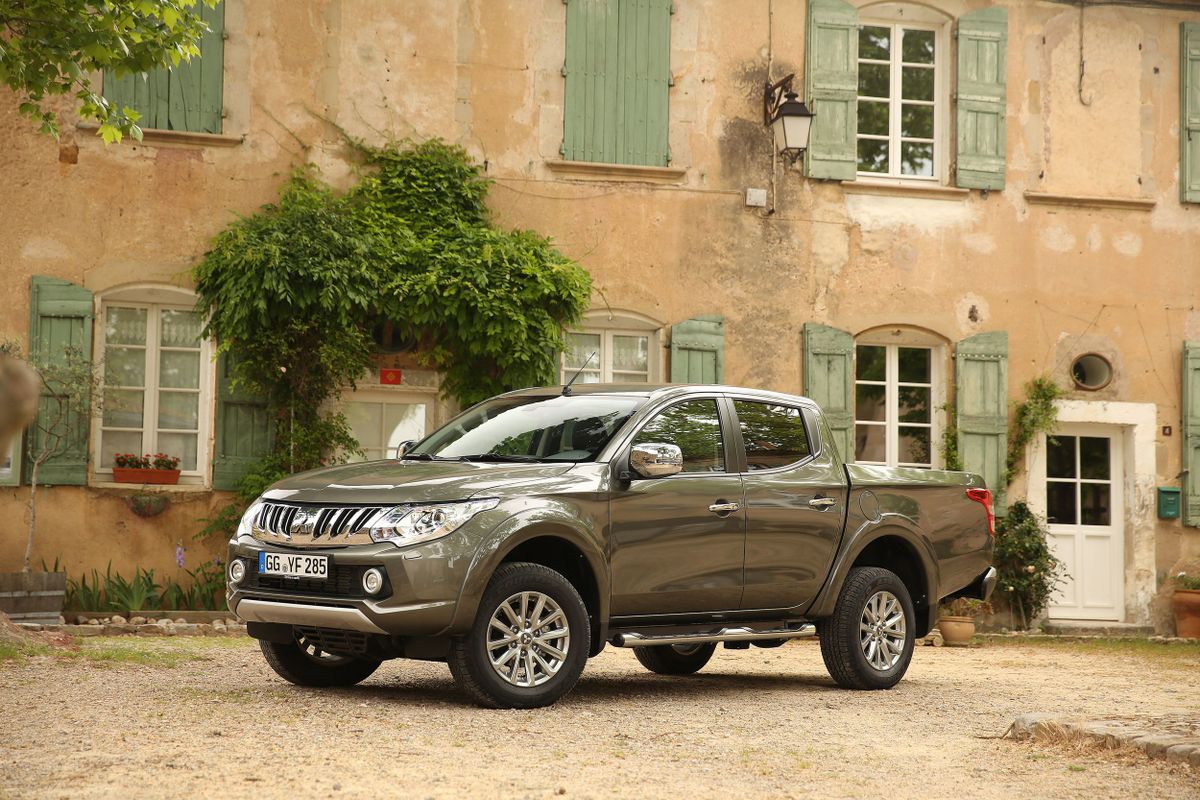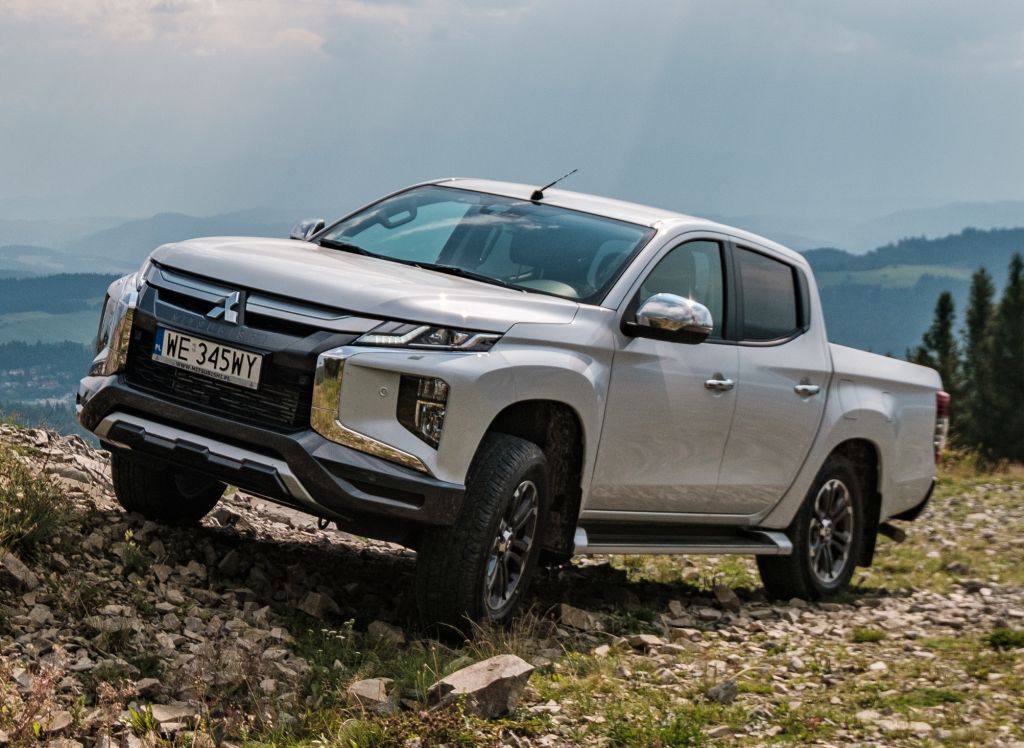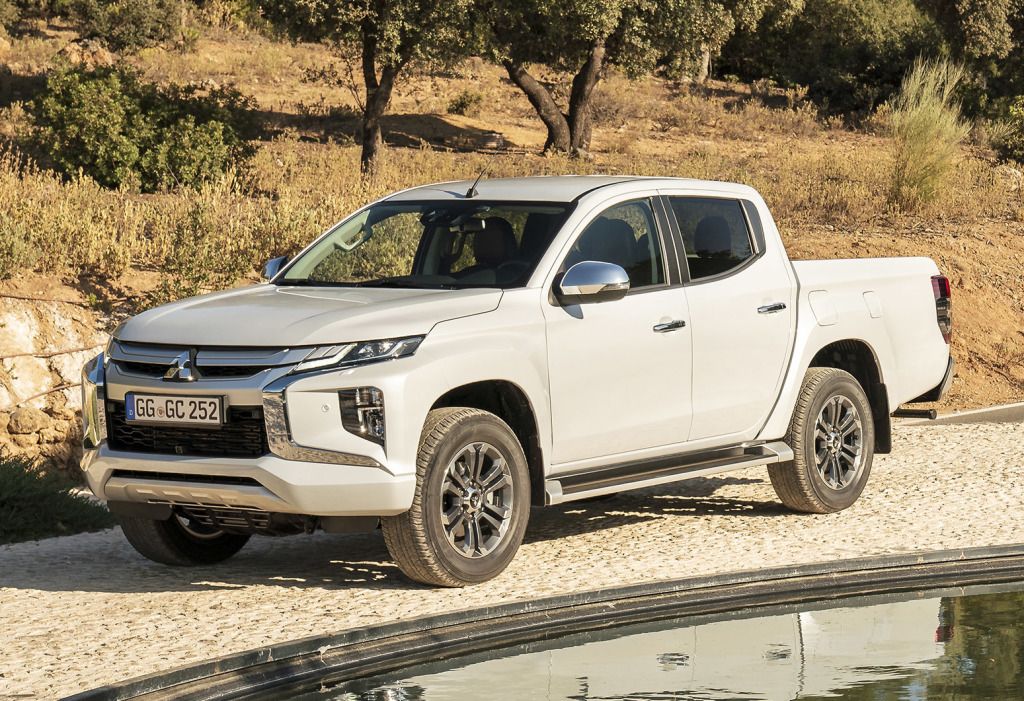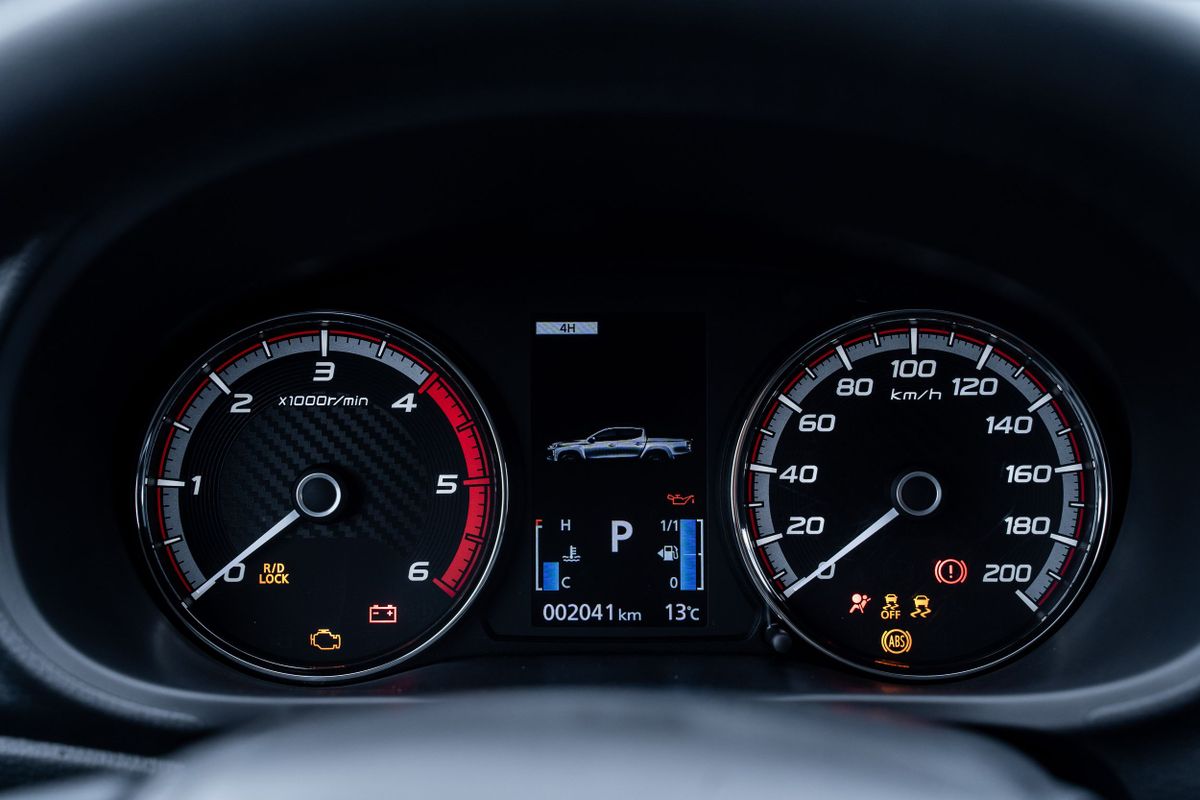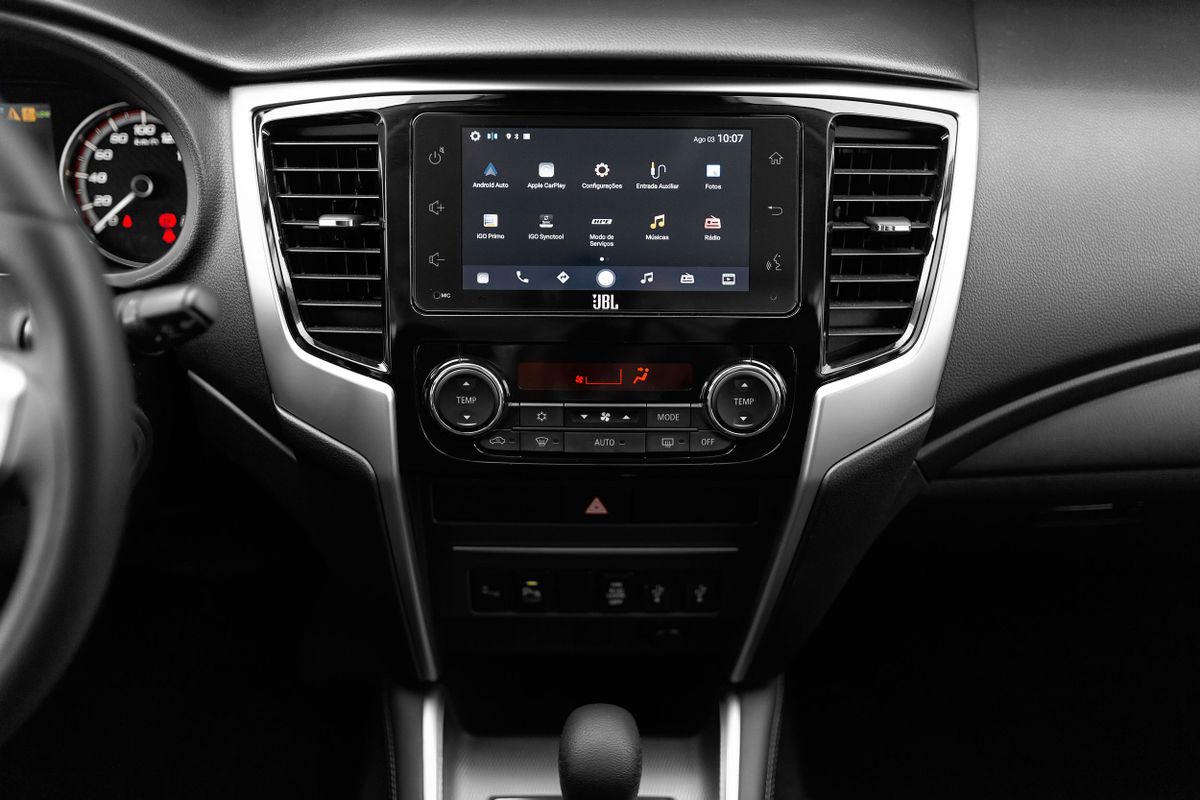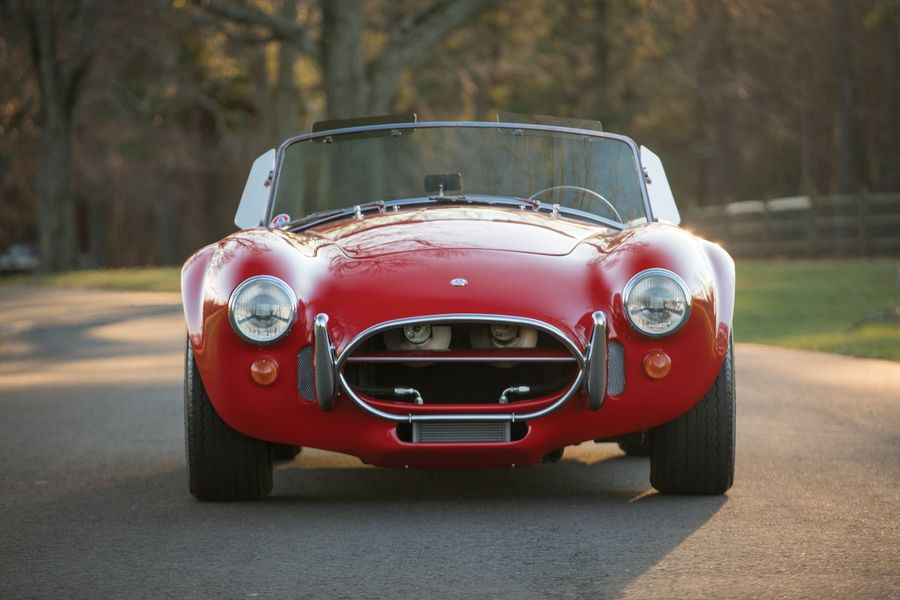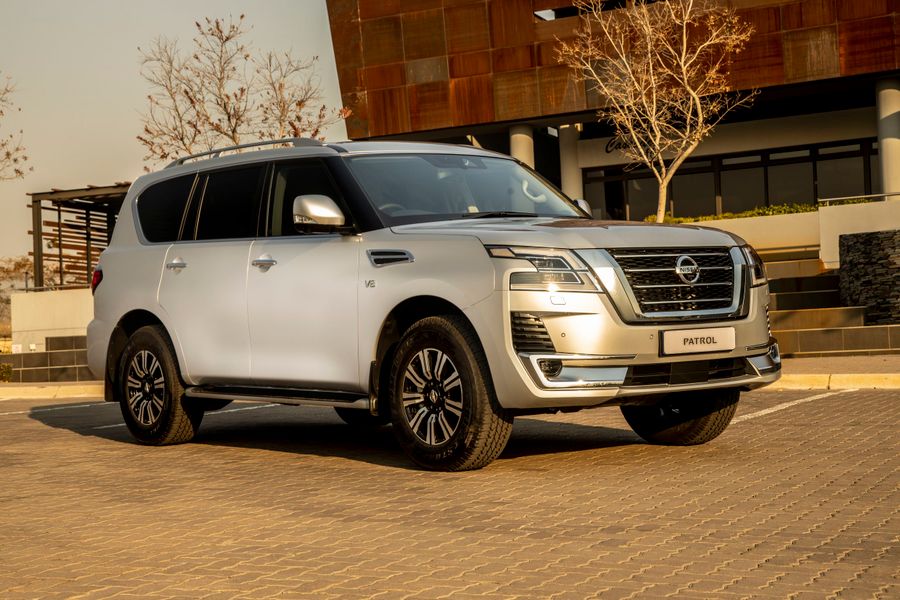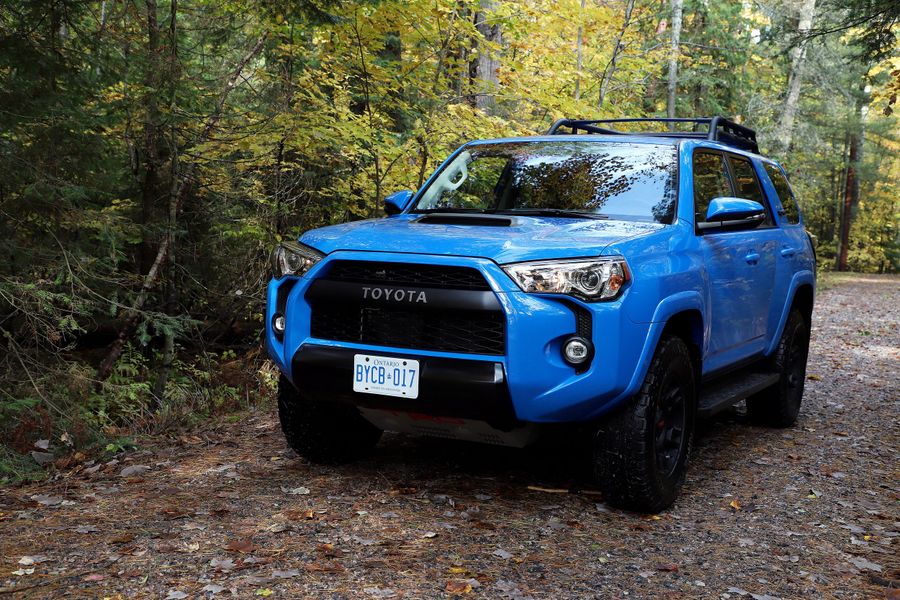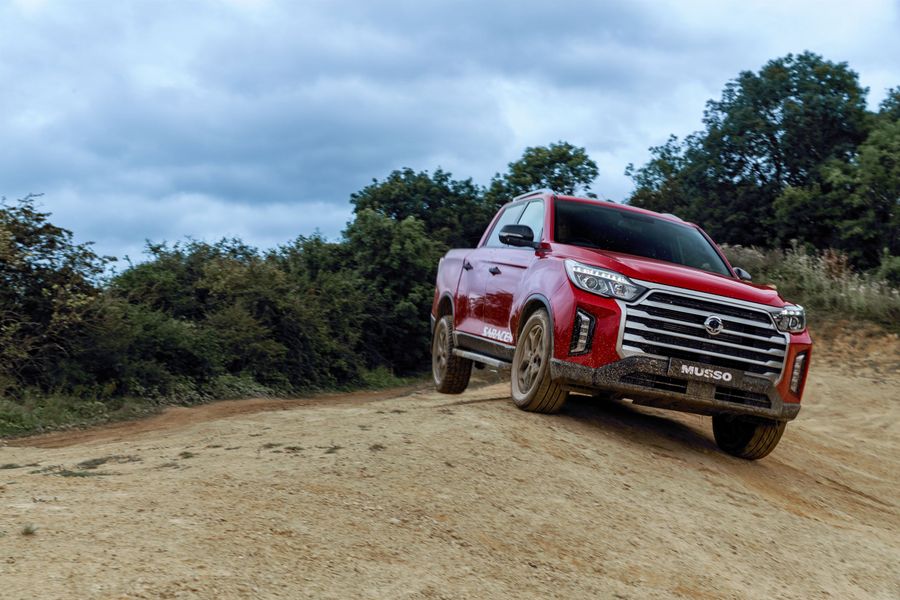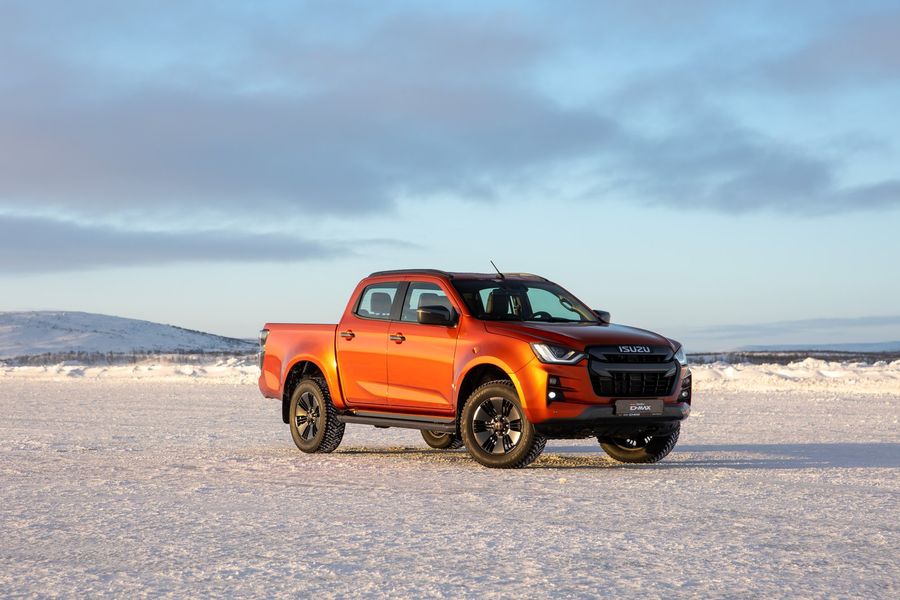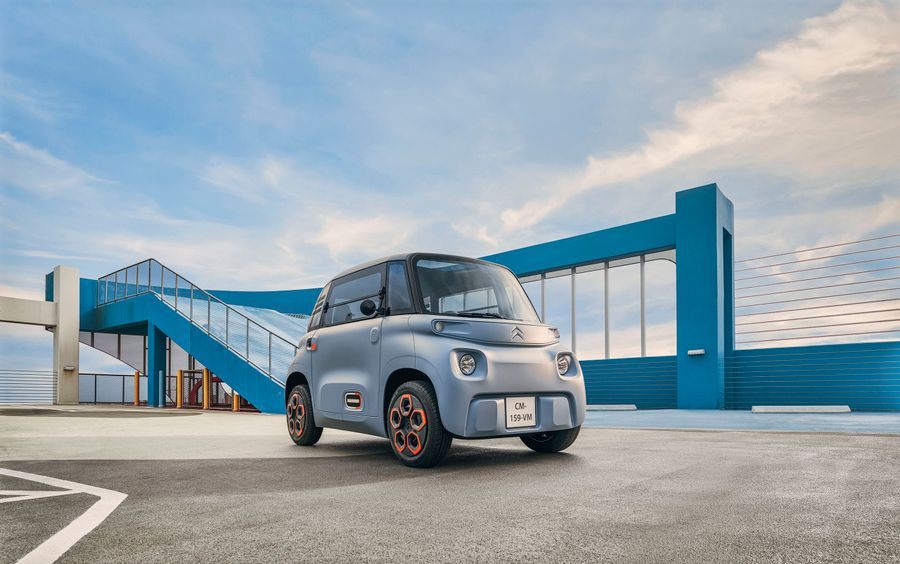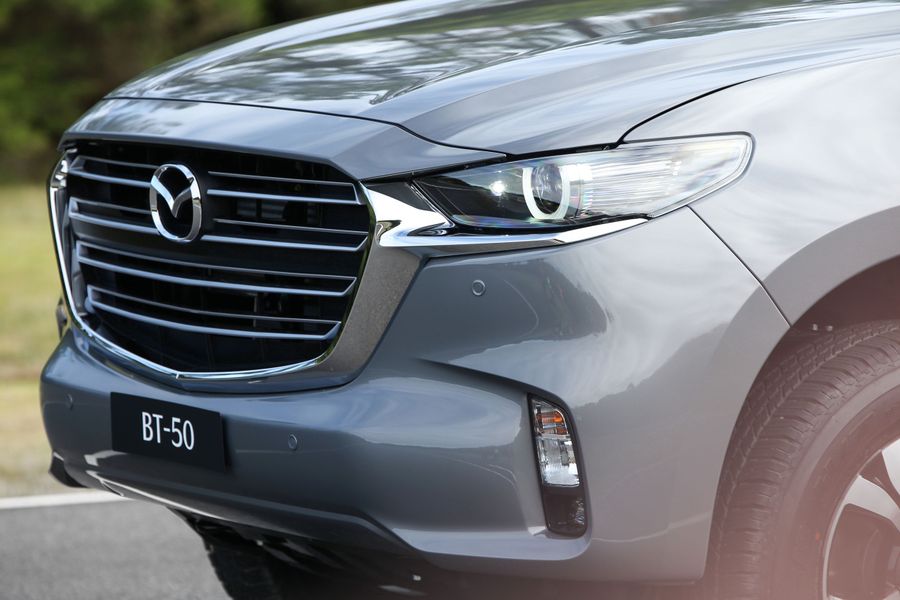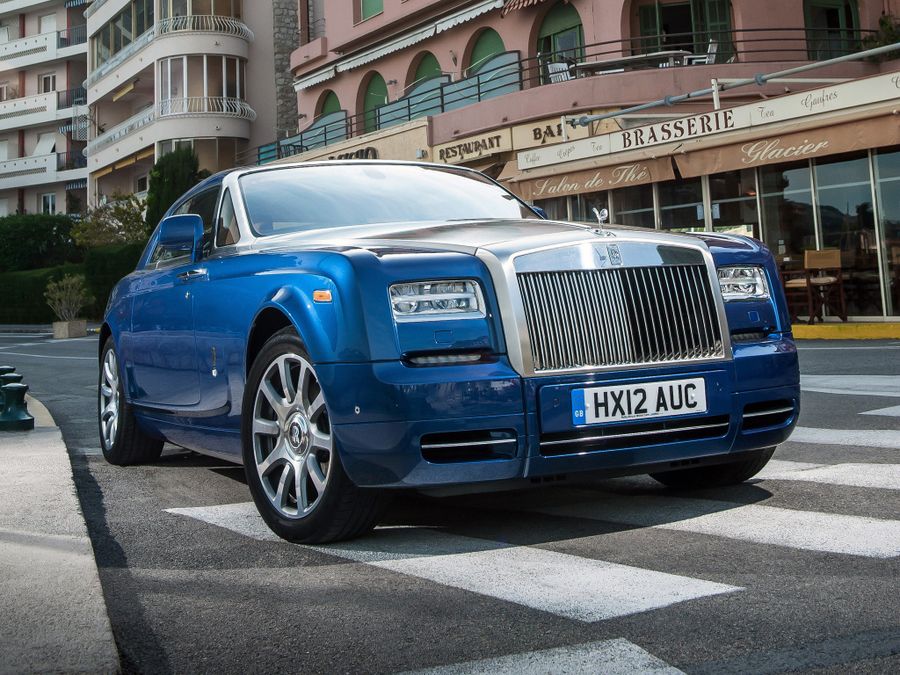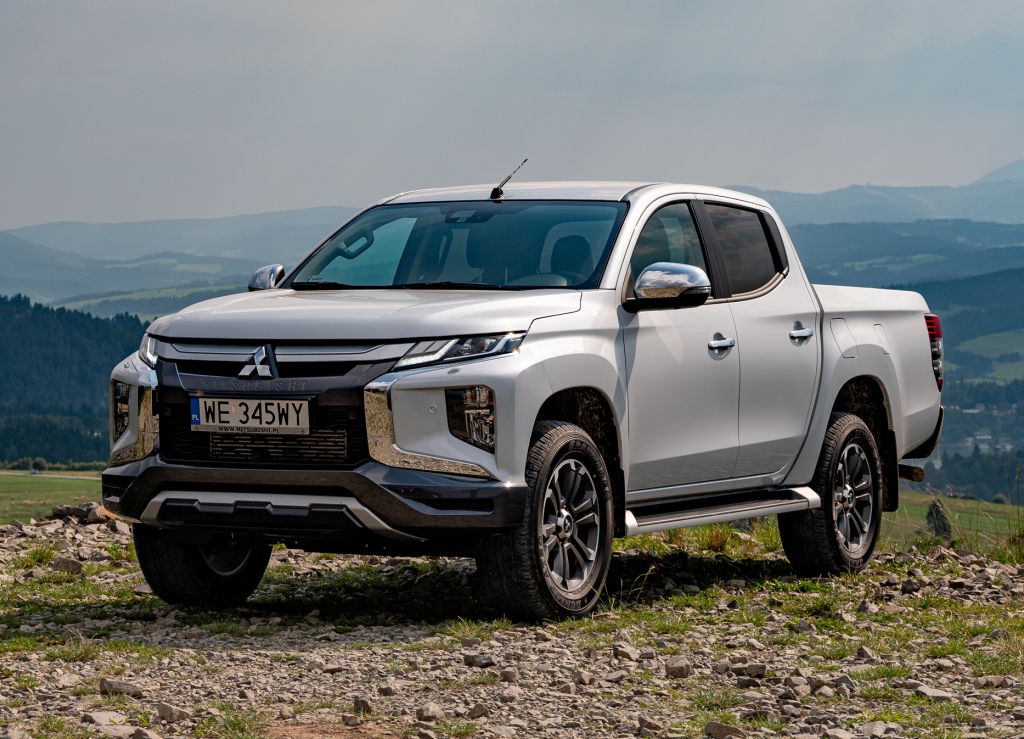
Mitsubishi Triton. A story of a ‘hardworking guy’
The Mitsubishi Triton is a pickup truck produced by the Japanese Mitsubishi Motors company since 1978. The modern model is called the Triton since 2006. It is unveiled in 3 versions: a 2-door 2-seater called Single Cab, a 2-door 4-seater Clab Cab, and a 4-door 5-seater Double Cab. As of 2021, the fifth-generation pickup has been available on the Market of Israel restyled in 2018.
First generation
The first generation was produced from 1978 to 1986. ‘Forte’ means ‘strong’ in Italian, was chosen for the new pickup truck. This car was a joint design with Chrysler Corporation to saturate the fast-growing market of small pickups. The goal is to meet customer demand for an extremely reliable, durable, and heavy-duty pickup truck. At the same time, such a pickup truck should have driveability, functionality, and comfort compatible to those of a passenger car. Prototypes of the model underwent complex and extensive endurance tests in North America, Thailand, and Saudi Arabia. The result, however, looked rather unassuming, like that of the most cars of those years. But the new model had a payload of one ton and was easy to drive, durable, comfortable, and reliable. These advantages shortly helped it gain high popularity in the most diverse climate zones all over the world, from the snowy plains in the North to the hot deserts in the South.
The engine, gearbox, and front suspension were ‘borrowed’ from the Galant sedan and installed on the frame. Therefore the chassis had rather complicated solutions for a commercial car. The car had disc brakes on the front axle, double wishbones, and springs in the front suspension. The rear suspension was strong and durable as well: leaf springs and a rigid axle were used. A wide front track (1360 mm) and a wheelbase of 2780 mm provided excellent driving stability. Only a 2-seat interior was offered. In Japan and other regions, the car was equipped with a 2-L gasoline engine, as well as a 1.6-L 67 hp engine (in North America, there was also a 2.6 L, 110 hp power unit offered as an option). A 2.3-L diesel version was also available for export.
Engineers were able to achieve excellent acoustic performance for the interior through careful design of components that transmit noise and vibration to the interior of the car: the design used a 2-part Cardan shaft and an impressive number of insulation materials in the most critical areas of the body.
Many times, the pickup truck has been called ‘the pickup of the year’, ‘the car of the year’, and ‘SUV of the year’ in different countries. The first award like this was ‘the pickup of 1979’ in the US (Pickup, Van & 4WD magazine).
After the 1980, when the pickup was upgraded, a revolutionary version was introduced: Mitsubishi Motors introduced a new direct-drive 4WD system with a silent chain drive. This concept reduced gear noise and power loss and made it off-road driving at high speeds possible. This model was the forerunner of Mitsubishi Motors' future family of 4WD models, such as the Pajero/Montero and Delica/Space Gear. Since the first generation, the pickup has repeatedly won Pickup of the Year, Car of the Year, and SUV of the Year awards in many different countries. The first such prize was the ‘Pickup of the Year’ nomination in 1979 in the USA (Pickup, Van & 4WD magazine).
The first pickup trucks were offered in Japan as Mitsubishi Forte, and their twins were offered as Mitsubishi Mighty Max, Dodge RAM 50, and Plymouth Arrow Truck were exported. In total, about 657,000 first-generation cars were produced: the bulk of them were produced at the Ohe Plant in Japan, and some of them - at the Laem Chabang plant in Thailand.
Second generation
It was produced from 1986 to 1996. The second-generation pickup was made by the Japanese themselves, after a complete redesign. The successful car was on the assembly line for ten years, fully justifying the brand name Mitsubishi. It translates as ‘Three Diamonds’. This car received a new attractive design. The outlines of the body designed the image of a reliable, modern car with good aerodynamics.
A radio, air conditioning, and an on-board computer were introduced for driver comfort. 3 body styles are now available: 2-door, 2-door 4-seater, and 4-door. Rear and 4WD versions, 2 and 2.6 L gasoline engines, as well as 2.5 L diesel (a modified version of 2.3 L engine), were designed. The name of the model also changed: in 1991, Japan unveiled Strada modification with a 4-seat cab. In North America, the model was still offered as Mighty Max or Dodge RAM 50, in Australia – as Triton, and in other markets – as L200. In 1988, the car came to the assembly line at a plant in Thailand. Later it became the major plant producing the pickup. A total of about 1,146,000 second-generation cars were produced at the Ohe Plant in Japan and the Laem Chabang Plant in Thailand. From 1998 to 2007, a slightly modified version of the model was produced in Brazil.
Third generation
It was produced from 1996 to 2006. The third Triton/L200 was unveiled in 1995, and production was again performed at the Thai Laem Chabang Plant, where the pickup truck was exported. In Thailand, the third generation pickup was produced until 2006, in Brazil the production of this truck was continued until 2012. Diamonds never get old. The truck was completely redesigned again, and in terms of engineering, it became close to the Pajero SUV. The exterior and interior design was successfully restyled, and the car received a recognizable and striking exterior. The new style was dictated by the customers’ needs: they needed a pickup truck that could also be used as a passenger car for personal needs. The model was a roomy, comfortable 5-seater, designed for both recreational trips and commercial use.
The Pajero Sport SUV was designed based on this pickup truck, it’s still in production.
The rear axle received a self-locking differential. The power of the engines increased. The engine range of the generation consisted of 2.0, 2.4, V6 3.0 petrol, and 2.5 and 2,8 L diesel engines. The 5-speed manual and 4-speed automatic transmissions were available. The FWD was operated by Easy Select system. Based on the pickup truck, a Pajero Sport SUV, that is still in production, was designed. STRADA/L200 model was offered in Thailand, Europe, Pacific Islands, Latin America, Middle East, and Africa. About 1,046,000 cars were sold in total.
Fourth generation
The fourth generation wwas produced from 2005 to 2015. Having appeared in August, 2005, in was produced in factories located in Thailand, Brasil, and South Africa. In was successful enough to be sold in 140 countries. The designers of Triton has 3 criteria to meet and thus ensure the worldwide popularity to their brainchild. First, the car must overperform most pickup trucks of its time in fuel-saving, endurance, and reliability. Second, it must meet the strictest quality standards to improve the market positions of the brand. And third, it must meet various customers' requirements for both commercial and customer use. This way, it has continued the best traditions of its predecessor. 1,423,000 fourth-generation Triton/L200 cars were produced in total.
The pickup features an innovative interior and body design that combines sportiness and elegance. This car has the roomiest interior in its class, while the suspension settings and internal equipment provide comfort comparable to that of passenger cars. There were 3 body options: a 2-door interior, a 4-seat 2-door, and a 4-door. There were five engines: two 2.4 L gasoline, 3.5 L engines, and 3 diesel engines (2.5-3.2 L, equipped with Common Rail injection). The new diesel engines with Common Rail direct injection system are high power combined with modest fuel consumption, high environmental friendliness, and low noise level.
Depending on the engine type, the car was equipped with a 5- or 6-speed manual or a 4- or 5-band automatic transmission. As usual, RWD and 4WD (Easy Select 4WD and Super Select 4WD) systems were offered. The new body also passed best-in-class crash performance tests. Participation of the car in the ‘Dakar’ rally and other competitions allowed to improve the 4WD system and helped to tell the
Fifth generation
The fifth generation was manufactured from 2015 until now and restyled in 2018. Introduced in 2014, the fifth-generation Mitsubishi Triton ‘diamond’ pickup was another leap forward in the brand’s effort to meet the increasingly diverse needs of customers. Improved performance and reliability in commercial use, sporty character, ease of operation, driving pleasure, customer-appropriate quality, and comfort for every passenger are features of the Triton/L200. In the fifth generation, the “hard-working guy” finally became something more and turned into an “uncompromising ultimate sports utility truck”. The model was offered with 3 interior options to meet all the requirements: 2-door, 2-door 4-seater, and standard 4-door.
The stylish body is installed on a steel frame. It became 7% harder and stiffer. High-strength steel is used in the body, and on the whole, the Japanese have improved the reliability of the car once more. Meanwhile, they saved a simple and robust design: the rear axle is on leaf springs, and in front is an independent spring scheme. This cargo area length and width remained the same as the wheelbase but increased in height by 15 mm. But for rear row passengers, it was possible to find an additional 20 mm in front of the knees and 10 mm at shoulder level. The interior became more expensive, there is an adjustment of steering wheel height and pitch. There is an option - a rearview camera, the image of which is displayed on a large display, in another mode it is a touchscreen and controls the multimedia.
During its 40-year history, the Diamond didn’t lose its hardness, but developed brilliance and won millions of fans worldwide.
In the markets of Asia, Africa, and Australia a 2.5-L turbocharged diesel 4D56 (136 hp) and a simple and reliable gasoline engine 2.4 L (128 hp) were offered. Also, there is a new 2.4-L diesel engine 4N15 with MIVEC (Mitsubishi Innovative Valve timing Electronic Control system). It is characterized by excellent performance (181 hp at 3500 rpm), excellent efficiency, and low levels of harmful substances in the exhaust. The aluminum unit, equalizer shafts, phase shifter on the intake shaft, and turbine with variable geometry - the motor is a modification of the Оutlander’s diesel 4N14 and shows a brilliant engineering potential of the Japanese brand. There are also new transmissions: 6-speed manual and 5-speed automatic transmission with a sport mode and paddles. Steering was boosted: the steering wheel makes 3.7 turns from stop to stop instead of almost cargo 4.2. The springs and leaf springs, became 10 cm longer, softer and the front stabilizer bar and shock absorbers became stiffer, but it didn’t decrease comfort. The off-road performance did not suffer. The geometry remained the same, including theroad clearance of 205 mm under the rear axle beam and 225 mm under the metal protection of the engine compartment. The long-travel suspension doesn’t let the pickup easily make a “diagonal”.
The available 4-wheel drive systems are Easy Select 4WD and Super Select 4WD-II. In the latter, the inter-axle differential is now asymmetrical and divides the traction as follows: 40 – on the front axle, 60 – on the rear axle. RWD is still available in standard and High Rider versions with the same road clearance as in the 4WD version.
The basic version of the 2018/2019 Mitsubishi Triton includes front airbags, sidebars in the doors, front 3-point seat belts with pre-tensioners, force limiters, height adjustment, rear 3-point seat belts, and ISOFIX mounts. The basic version also had, in addition to ABS and EBD, electronic systems such systems as Brake Assist, TSA (trailer directional stabilization), ASTC (Active Skid and Traction Control), HSA (Hill Start Assist). In more expensive versions, five airbags were provided. During its 40-year history, the Diamond didn’t lose its hardness, but developed brilliance and won millions of fans worldwide.


